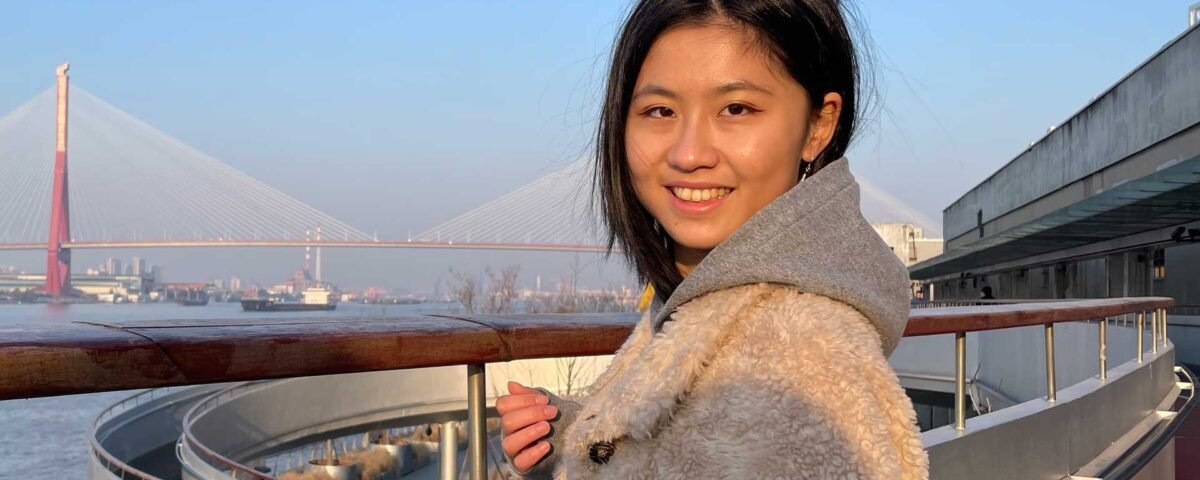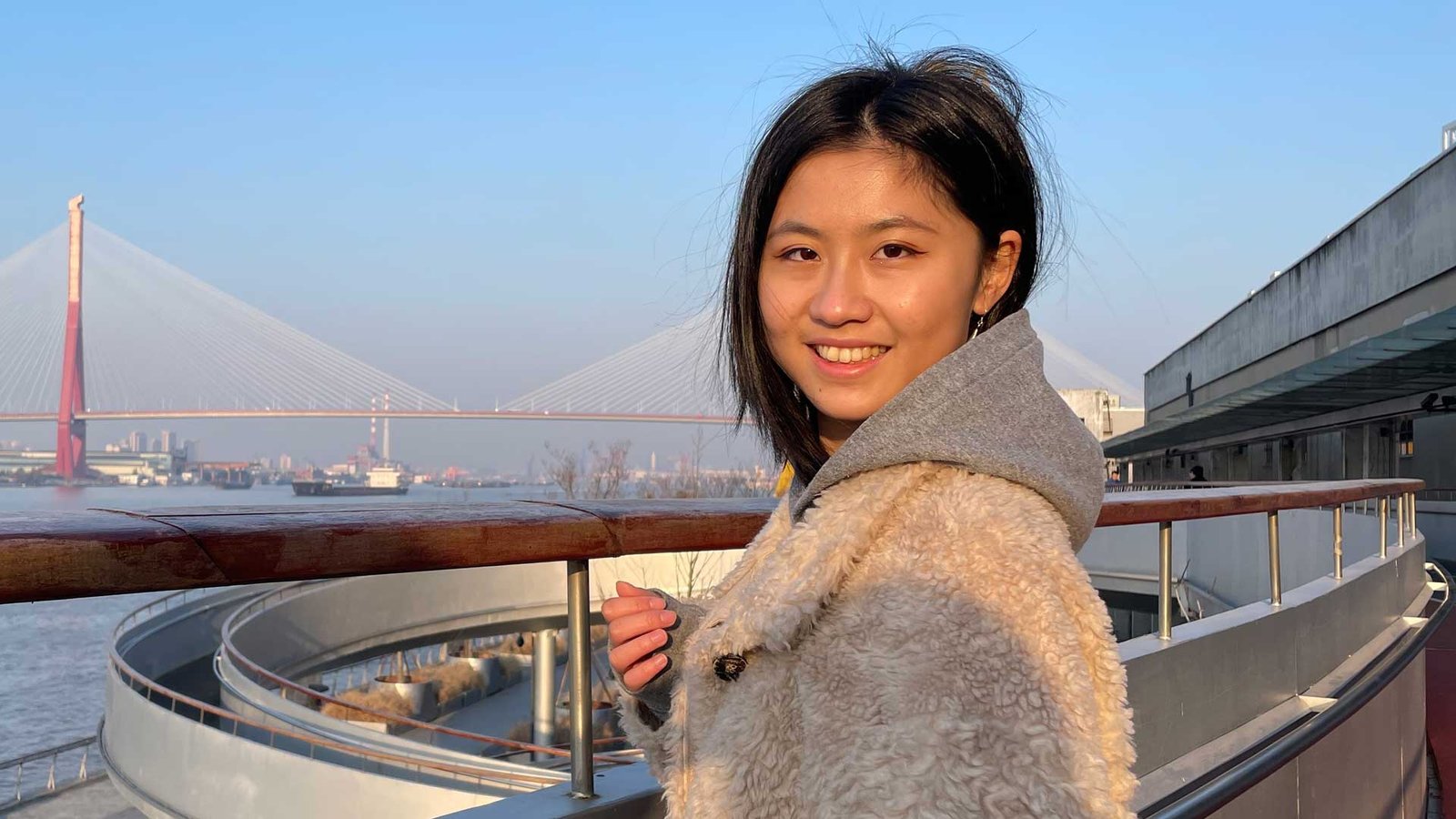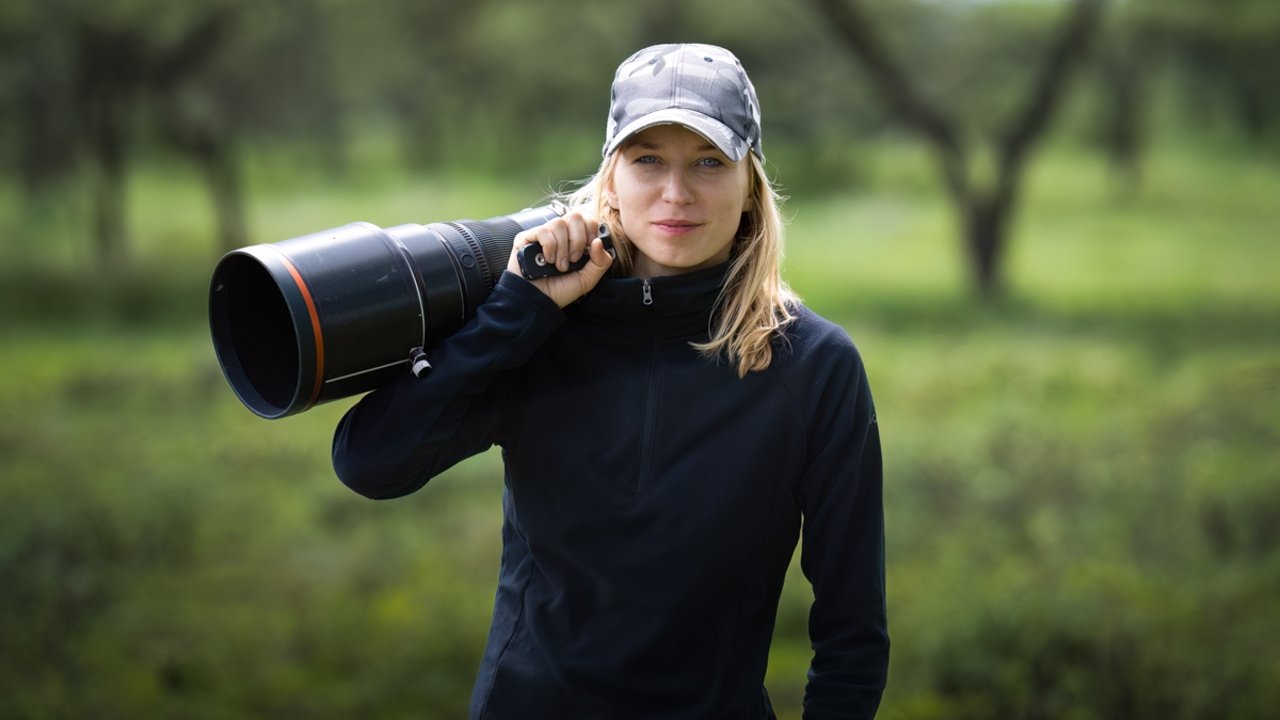
Sarah Zaheer Advances Waste Management with TrashitRight
May 27, 2025
Xunxing Liang Reimagines Oral Care with H2GO’s Portable Solution
May 27, 2025Yuanfei Zhao
Yuanfei Zhao is a UX designer at Kensho Technologies, focused on blending creativity with AI-driven solutions. She’s worked on projects like speech-to-text tools and cancer research platforms, creating user experiences where technology and people connect seamlessly.
My name is Yuanfei, and I’m a UX designer at Kensho Technologies, the AI innovation hub for S&P Global. I’m passionate about exploring innovative ways for humans and cutting-edge technology to interact and thrive together. I’ve worked on projects including a speech-to-text AI transcription tool, an AI-powered communication coach, and a data platform for cancer research.
I’m drawn to UX design because it blends creativity with technical thinking. I love the visual aspects that make products compelling, as well as the engineering that brings them to life. For me, there’s something deeply rewarding in crafting experiences that are not only beautiful but also purposefully functional. I also thrive on the problem-solving journey—from identifying user needs to ideating effective solutions.
Experimentation is an integral part of my creative process. I see it as a space to explore, make mistakes, and learn without the pressure of perfection. For example, in a recent project, I was designing a travel app tailored for solo female travelers.
Initially, I followed a more conventional UI structure, but through experimentation—sketching alternate layouts, testing unconventional color palettes, and prototyping interactive elements—I landed on a design that dynamically adapts based on previous user actions and the user's physical environment. This helps solo female travelers stay more vigilant and aware of their surroundings.
The biggest challenge I faced while working on this design was navigating the complexities of the healthcare industry, which is highly regulated. Gaining access to real patient data and understanding doctors’ workflows firsthand proved to be particularly difficult due to strict privacy constraints.
To overcome this, I turned to diary studies and worked closely with stakeholders, asking them to document their workflows step by step. This approach allowed me to gather valuable qualitative insights while respecting privacy boundaries. By carefully analyzing the data, I was able to map out stakeholder workflows in detail, which gave me a strong foundation to begin ideating user-centered design solutions.
One piece of advice I’d give to aspiring designers is this: reach out to the design community—and don’t be afraid to put yourself out there. The design world can feel overwhelming at first, but connecting with others in the field is one of the best ways to grow, stay inspired, and discover new opportunities.
Whether it’s through online communities, local meetups, mentorship programs, or even a cold DM on LinkedIn, surrounding yourself with other creatives can open doors you didn’t even know existed. You’ll gain feedback, insights, encouragement—and maybe even collaborators who help you push your work further.
One question I wish people would ask me about my work is: “How did you land on this final version?”
It’s a meaningful question because it invites a look behind the scenes—into the thought process, the iterations, the challenges, and the decisions that shaped the outcome. The final version is never just a polished result; it’s the product of trial and error, user feedback, dead ends, and unexpected breakthroughs.
Yuanfei Zhao
Yuanfei Zhao is a UX designer at Kensho Technologies, focused on blending creativity with AI-driven solutions. She’s worked on projects like speech-to-text tools and cancer research platforms, creating user experiences where technology and people connect seamlessly.
Explore the journey of Nanyan Chen, the Platinum and Silver Winner of the 2025 MUSE Design Awards. He’s an interior designer who believes spaces can move people—shaped by life across three countries, his style fuses sleek Italian minimalism with the soul of Chinese storytelling, a path sparked by one unforgettable hotel stay.






